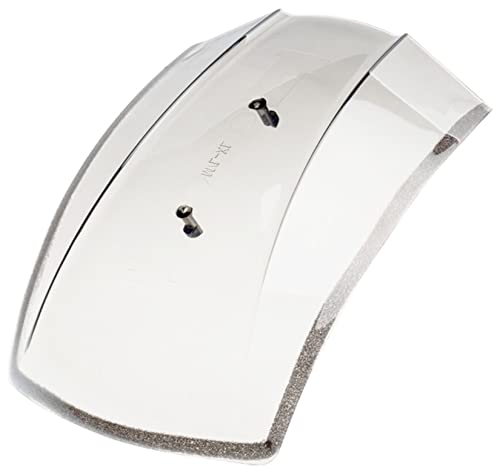[url=https://classicgoldwings.com/forum/viewtopic.php?p=140993#p140993:12cb38fv said:
ekvh » Yesterday, 8:30 pm[/url]":12cb38fv]
What I recall of cam "wobble" was that when you timed the points, or Dyna, on the first revolution you could set it dead nuts on the F1 mark. Rotate it one revolution and the timing would be lagged up to a half an inch. One more revolution and it would be right on the F1 mark again. This was thought to cause the rattling sound at low rpm. Often it sounds like a rod knock on takeoff. The acceptable fix was to set the timing so it had one fire a bit before the F1 mark, and then a bit behind the F1 mark on the next revolution. Not all bikes did it, and some did it at F2.
I believe it was proven with a dial gauge set to measure the points cam. Too cold here to look, but I wonder if that belt going slack could also be a factor.































